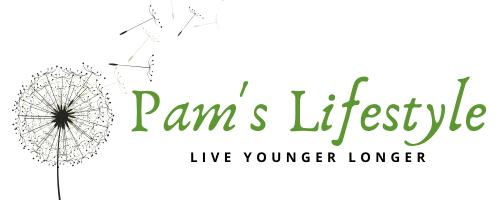
08 Apr Green Cleaners
Did you know how “dirty” some cleaners can really be? Did you know that many box store cleaning products contain phosphates, nitrates, chlorine bleach, ammonia, or formaldehyde, chemicals that are potentially toxic and can produce harmful fumes—presenting a danger to your home and our planet. A large European multicenter study showed that regular use of cleaning sprays over a 20 year period was associated with a more rapid decline in lung function. * With over 80,000 chemicals in widespread commercial use and many making their way into cleaning products (often without being tested first), it makes sense to switch out your current cleaning products for green alternatives.
What is green cleaning?
Green cleaning means choosing cleaning solutions that keep your health and the environment in mind. We’re talking about products that clean your house without leaving behind toxic chemicals, and multi-use products that can be diluted and used in different applications to cut back on packaging and waste. The good news? There are green cleaning solutions out there for every cleaning need: dishwashing, laundry, tile countertops, hardwood floors, and more.
But do green cleaners actually work?
Green cleaners have come a long way from just baking soda, vinegar, and lemons, and “natural” doesn’t need to mean “delicate.” A good green cleaning product will be tough on dirt and grime while still being gentle on the environment. A good example is the Get Clean® line is a great place to get started and everything.
It’s time to go green!
If a clean home and a clean Earth are important to you, then there’s no better reason to switch to green cleaners. It’s time to go green and start making your home the safest place for your family. Here are some green-cleaning tips to help keep you and your home cleaner and healthier:
Get Clean helps your health: The health impacts of using conventional cleaning products are many. From the time the chemicals are made, placed in a plastic bottle, and then distributed throughout your house, they can be a problem to both humans and the environment. You can immediately reduce your toxic exposure by using products with natural ingredients that are effective, less expensive, and non-toxic.
Improve your air quality: The air inside your home can often be much worse than outside. Open your windows whenever possible, change the filter on your heating and air-conditioning system, and have the ducts cleaned out once a year.
Avoid antibacterial cleaners: The FDA has discovered that antibacterial soaps and cleansers don’t work any better than regular soap.[i] And widespread use of antibacterial soaps can lead to resistant bacteria.
Avoid fragrances: Many people are sensitive to strong fragrances. Try using natural scents such as cinnamon, cloves, or lavender. Plants can help to remove many pollutants from the air.
Take care of toxic chemicals: Paint, old cleaners, batteries, light bulbs, even prescription medications all need to be disposed of properly. Check with your local agencies for how to handle these wastes.
Leave your shoes at the door: Think about this: everywhere you walk, your shoes are exposed to chemicals. The gas station, your lawn (fertilizers, pesticides), the car wash.… It is easy to keep these chemicals out of your house by simply leaving your shoes at the door.
The good news is that there are ways to keep your house clean that don’t involve increasing your toxic burden. You can keep your house clean with preventive practices and by using products with environmentally-friendly ingredients whenever possible.
*Svanes, Oistein, et al. “Long Term Effect of Cleaning on Lung Function Decline among Women in the ECRHS Study.” European Respiratory Society, European Respiratory Society, 1 Sept. 2016, erj.ersjournals.com/content/48/suppl_60/OA455.
[i] https://www.fda.gov/ForConsumers/ConsumerUpdates/ucm378393.htm
